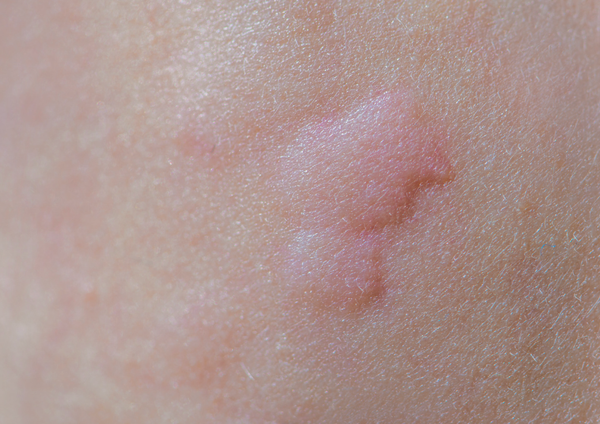Urtikaria
Itchy, red bumps? It could be hives.
Hives look like bright swellings in the skin surrounded by a reddish inflammation and it itches. The challenge with hives is that it is often difficult to find the cause. It can be caused by an allergen, but it doesn't have to be this.
Our dermatologists can now help you with hives through an image consultation.
Our dermatologists can assist you with urticaria through a remote image consultation.
Photo consultation 495,–



